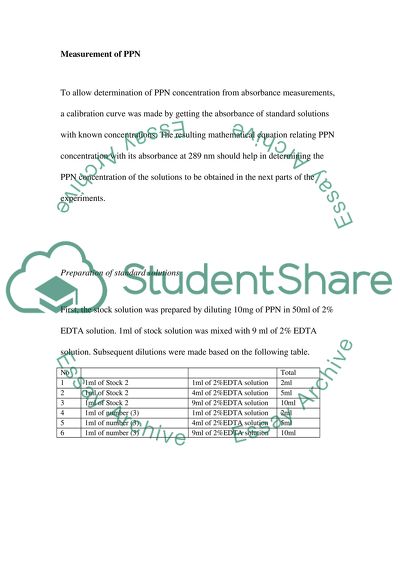Cite this document
(“Oral Controlled Release System of Propranolol Using Gellan Gum Dissertation”, n.d.)
Oral Controlled Release System of Propranolol Using Gellan Gum Dissertation. Retrieved from https://studentshare.org/health-sciences-medicine/1469209-formulate-an-oral-controlled-release-system-of
Oral Controlled Release System of Propranolol Using Gellan Gum Dissertation. Retrieved from https://studentshare.org/health-sciences-medicine/1469209-formulate-an-oral-controlled-release-system-of
(Oral Controlled Release System of Propranolol Using Gellan Gum Dissertation)
Oral Controlled Release System of Propranolol Using Gellan Gum Dissertation. https://studentshare.org/health-sciences-medicine/1469209-formulate-an-oral-controlled-release-system-of.
Oral Controlled Release System of Propranolol Using Gellan Gum Dissertation. https://studentshare.org/health-sciences-medicine/1469209-formulate-an-oral-controlled-release-system-of.
“Oral Controlled Release System of Propranolol Using Gellan Gum Dissertation”, n.d. https://studentshare.org/health-sciences-medicine/1469209-formulate-an-oral-controlled-release-system-of.


